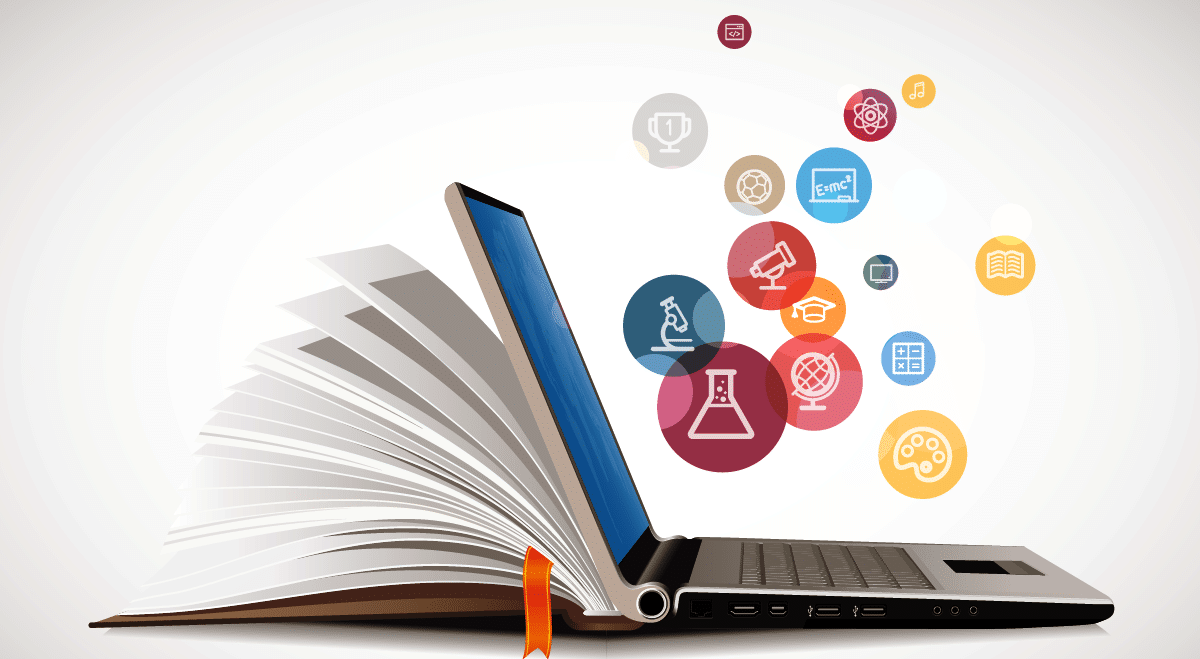Comprehensive Company Guides for Progressing Modern Technology Education in Schools and Colleges
The assimilation of innovation education right into school and college educational program has actually come to be a critical vital in preparing trainees for a progressively digital workforce. What certain strategies can be adopted to maximize their effect on both instructors and trainees?
Relevance of Technology Education And Learning
As modern technology remains to develop at an unmatched pace, the importance of modern technology education and learning has actually become significantly noticeable in today's culture. The combination of technology into numerous aspects of life requires that people have a fundamental understanding of technical principles and applications. This understanding not just improves employability however also fosters important reasoning and problem-solving skills important for browsing a dynamic labor force.
In schools, innovation education equips pupils with the ability to adjust to rapid changes in markets driven by innovation. It motivates imagination and equips learners to engage with arising technologies, from expert system to data analytics. In addition, innovation education advertises digital proficiency, which is crucial in an age where details is conveniently available yet typically deceptive.

Secret Elements of Effective Guides
Effective guides for modern technology education and learning should incorporate numerous key components to make certain that learners get one of the most from their experiences. First, a well-defined educational program is essential, describing the objectives, learning end results, and the abilities to be established. This educational program must be regularly upgraded to mirror the swiftly advancing technological landscape, making sure relevance and applicability.
Second, detailed resources that consist of textbooks, online products, and hands-on devices are essential. These resources must be varied and available, catering to different learning choices and styles. Additionally, integrating real-world scenarios and situation researches can boost understanding and engagement.
Third, analysis approaches should be included to evaluate student development effectively. These assessments should be differed, encompassing developmental and summative analyses that align with the learning purposes.
Moreover, expert development possibilities for educators are critical. Educating programs and workshops can furnish educators with the current technical developments and pedagogical approaches.
Last but not least, promoting a collaborative discovering atmosphere encourages peer interaction and expertise sharing. By including these essential elements, overviews for innovation education and learning can substantially boost the discovering experience, preparing students for future challenges in a significantly electronic world.
Building Industry Partnerships
Structure strong sector partnerships is an important facet of boosting technology education and learning. These cooperations in between schools and businesses produce a dynamic ecological community that profits teachers, employers, and students alike. By fostering connections with industry schools, leaders and universities can straighten their curricula with the progressing needs of the task market, guaranteeing that trainees acquire relevant abilities and expertise.
The development of teaching fellowships, instructions, and mentorship programs works as a foundation of these partnerships. Such chances give pupils with hands-on experience, improving their employability and functional understanding of modern technology applications. Additionally, industry companions can offer insights into arising fads and technological improvements, enabling instructors to adapt their teaching approaches appropriately.
Additionally, collaborations can help with access to resources, such as devices, software application, and funding for research tasks. These contributions improve the learning setting and enable organizations to remain read the full info here at the forefront of technical innovation. Eventually, developing robust market partnerships is crucial for growing a competent labor force that fulfills the needs of today's swiftly transforming technological landscape, while additionally driving economic development and competition in the more comprehensive area.
Implementing Innovation Programs
Executing technology programs within universities requires a critical method that prioritizes both curriculum development and resource allowance. To initiate effective innovation assimilation, institutions should first analyze their existing infrastructure and recognize spaces in resources, consisting of hardware, software, and personnel training. This evaluation makes it possible for institutions and colleges to develop a customized plan that aligns with their specific academic objectives.
Following, it is necessary to create an extensive educational program that incorporates emerging technologies and market standards. Working together with instructors, industry specialists, and stakeholders can make certain that the curriculum stays appropriate and reliable in preparing trainees for the workforce (Grants). Furthermore, professional development for professors is important, as it equips instructors with the skills needed to properly educate brand-new innovations
In addition, institutions should stress the importance of hands-on knowing experiences, such as workshops and labs, that permit students to apply theoretical knowledge in functional setups. This experiential technique enhances involvement and fosters critical reasoning. Lastly, protecting sustainable financing with partnerships and grants can aid keep and broaden innovation programs, guaranteeing long-term success and versatility in an ever-evolving technological landscape.
Measuring Success and Results
Evaluating the success and end results of technology education and learning programs is crucial for verifying their influence and directing future renovations. Efficient dimension frameworks need to include both qualitative and measurable metrics, providing a thorough sight of program effectiveness. best site Key efficiency signs (KPIs) such as pupil registration numbers, retention prices, and program conclusion percentages provide beneficial quantitative data.

Incorporating standardized assessments can additionally assess trainees' technological competencies and preparedness for the labor force. Benchmarking against comparable establishments enables contextually appropriate comparisons, highlighting areas for growth.
Inevitably, the constant assessment of modern technology education and learning programs fosters a culture of improvement, ensuring that they advance in placement with sector demands and educational standards. By systematically gauging success, organizations can not just demonstrate responsibility to stakeholders but additionally boost their offerings, thus enriching the learning experience and preparing students for directory the ever-changing technological landscape.
Conclusion

The assimilation of innovation education and learning right into school and university educational program has become an important necessary in preparing students for an increasingly digital workforce.As technology proceeds to evolve at an extraordinary pace, the value of modern technology education and learning has come to be increasingly apparent in today's culture.In instructional institutions, technology education gears up pupils with the ability to adapt to rapid adjustments in industries driven by advancement. By focusing on innovation education, organizations can cultivate a generation of notified residents capable of leveraging innovation for societal and personal improvement. The application of durable evaluation strategies makes it possible for establishments to gauge success and end results, eventually improving the general efficiency of technology education initiatives and preparing students for future challenges.